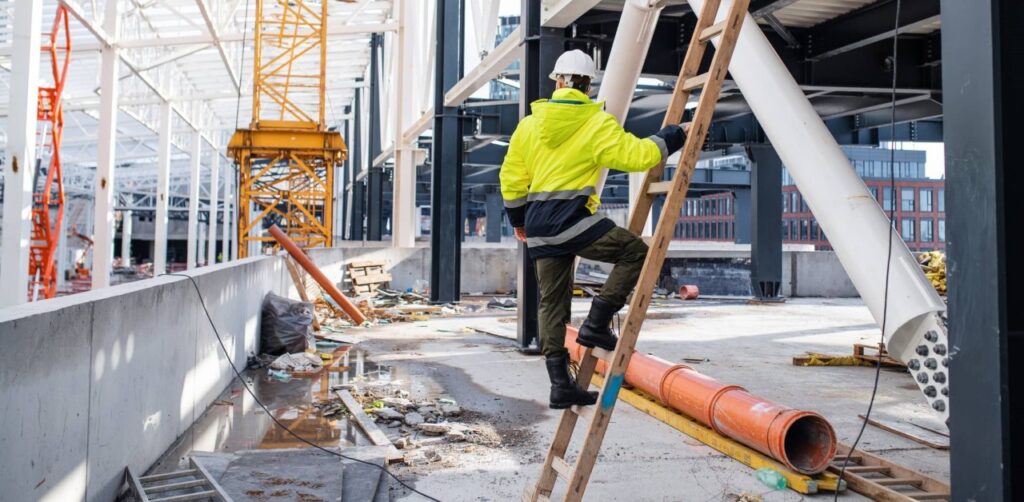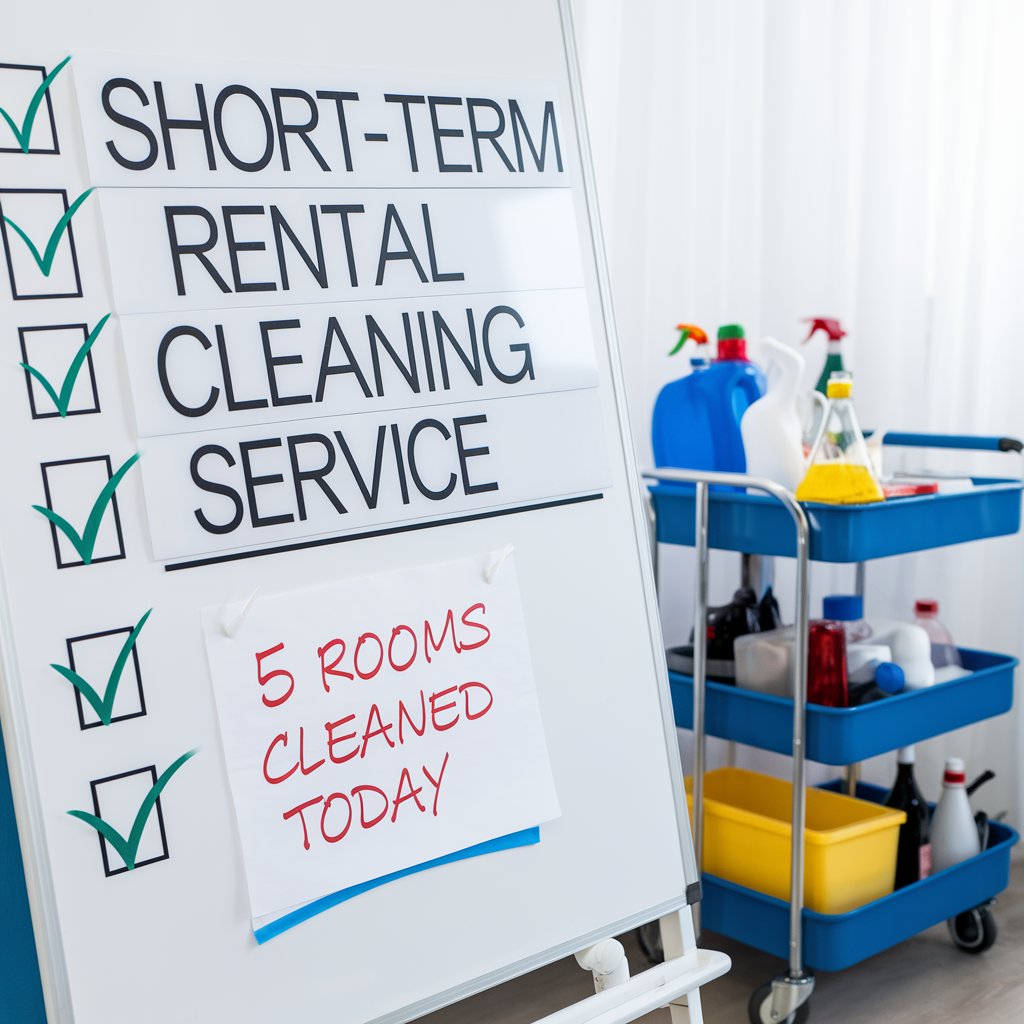Workplace safety is a critical concern for both employers and employees, particularly in environments where heavy machinery, complex infrastructure and high-traffic areas are involved.
According to recent reports, this still remain a significant issue in the US, with the Bureau of Labor Statistics (BLS) documenting just over 2.5 million nonfatal workplace injuries and illnesses in 2023.
Adequate safety practices not only protect workers but also contribute to overall productivity, employee morale and regulatory compliance.
The importance of equipment and infrastructure safety in the workplace
Reducing injuries and fatalities
Equipment-related incidents are among the leading causes of workplace injuries. Safety measures such as maintenance checks, proper installation and the use of emergency stop switches can significantly reduce the risk of accidents.
Safe infrastructure, including structural integrity and environmental controls can help prevent common accidents such as slips, trips and falls.
Legal and regulatory compliance
The Occupational Safety and Health Administration (OSHA) sets standards for employers, and non-compliance can result in heavy fines and sanctions. Following proper safety protocols ensures that employers adhere to federal and state regulations.
Cost savings
Accidents can result in expensive medical costs, legal fees and lost productivity. A proactive approach to equipment and infrastructure safety can save companies significant amounts in the long term.
Installation of barriers and guiderails
Protecting high-risk areas
In manufacturing or construction environments, the installation of barriers or guiderails around hazardous zones, such as conveyor belts, stairways or high drop-offs can prevent workers from accidentally entering dangerous areas.
Vehicle and pedestrian separation
In workplaces with vehicle traffic, such as warehouses or large factories, it’s essential to install barriers or clearly marked paths to separate pedestrians from forklifts and other mobile equipment. This reduces the risk of collisions and enhances visibility.
Adequate lighting and ventilation
Importance of proper lighting
Poorly lit areas can lead to slips, trips and falls and can make it harder to detect hazards like spilled liquids or obstructions.
Regular maintenance of lighting systems ensures that all work areas, especially staircases, hallways and machinery areas, are well-lit.
Ventilation systems
In workplaces where chemicals, fumes or dust are present, an effective ventilation system is critical for worker health and safety. This should be regularly checked for effectiveness and employees should be educated on how to report issues like poor air quality or ventilation failures.
Clear marking of fire exits
Ensuring fast and safe evacuation
Fire exits should be clearly marked with illuminated signs that are visible from all areas of the workplace. The path to these exits should be free of obstructions, ensuring that employees can exit the building quickly in the event of an emergency.
It’s also important to conduct regular fire drills to familiarize employees with evacuation routes and procedures.
Fire safety standards
In addition to clear markings, workplaces must also have functional extinguishers, alarms and sprinklers and maintain them according to regulatory guidelines.
Finally, regular safety audits, employee training and adherence to regulatory standards are vital components of a comprehensive workplace safety strategy.






